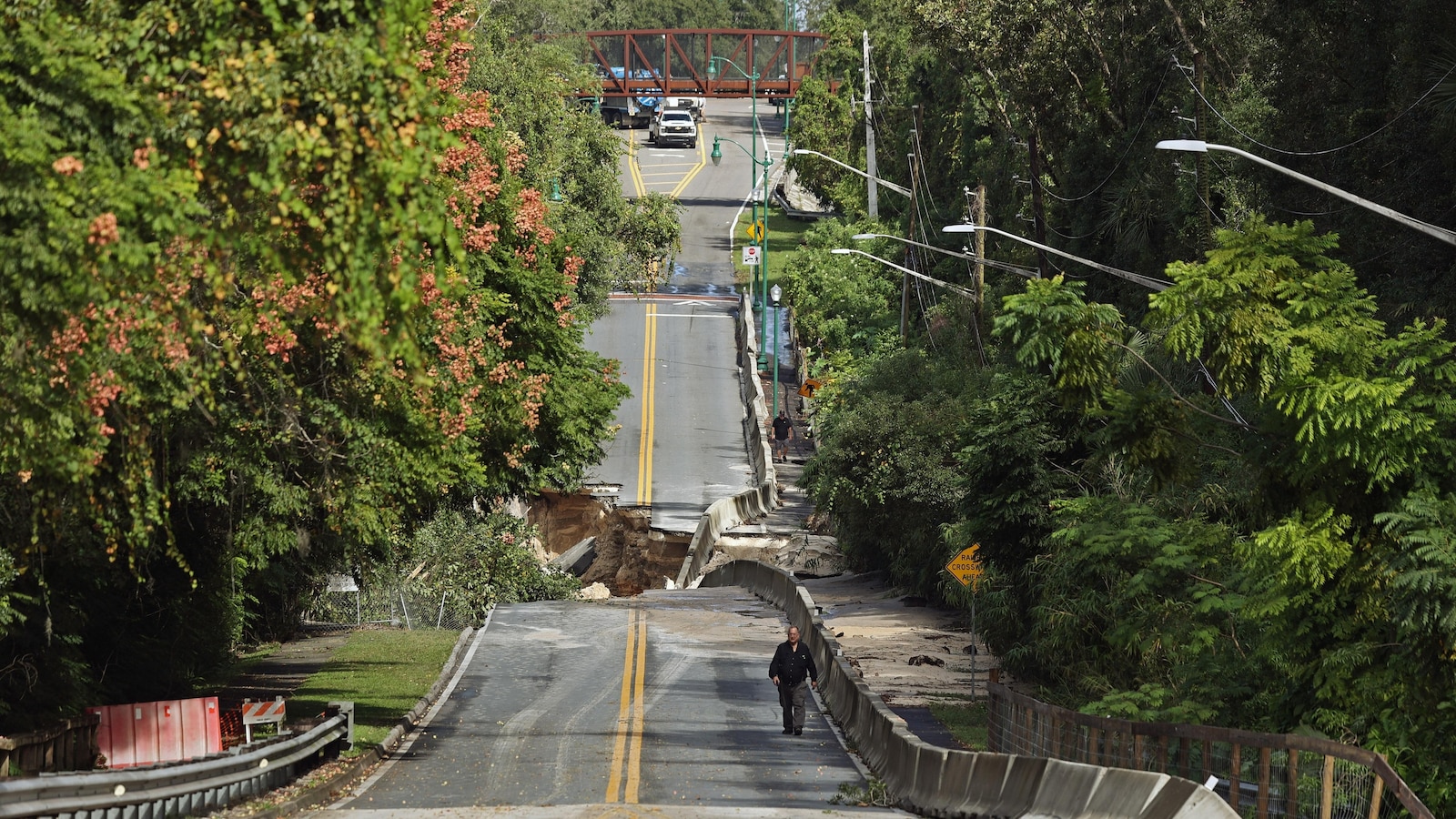A colossal butterfly-shaped coronal hole has opened in the sun’s atmosphere and is currently spewing a fast-moving stream of solar wind toward Earth that could trigger a moderate geomagnetic storm and dazzling auroras this weekend.
The high-speed solar wind from this striking feature, spanning some 310,000 miles (500,000 kilometers) across, is expected to reach Earth around Sept. 14.
Space weather forecasters anticipate active to G1 (minor) geomagnetic storm conditions with a possibility of G2 (moderate) geomagnetic storm levels being reached between Sept. 13 and 14, according to the U.K. Met Office. NOAA’s Space Weather Prediction Center has issued a slightly more cautious estimate, anticipating peaks of only G1 conditions. But the potential for stronger activity remains if the solar wind‘s embedded magnetic field lines up favorably with Earth’s.
Geomagnetic storms are classified using a G-scale, which ranks their intensity from G1 (minor) to G5 (extreme). Auroras occur when solar wind interacts with Earth’s magnetic field. The charged particles from the sun collide with gases in the upper atmosphere, such as oxygen and nitrogen, transferring energy to them. This energy is released as light, producing the colorful displays seen in the night sky. The stronger the solar wind, the more dynamic and widespread the auroras can become.

The Russell-McPherron effect
This weekend’s storm watch comes at an especially potent time of year for aurora hunters. Around the spring and autumn equinoxes, Earth’s orientation in space makes it easier for the planet’s magnetic field to connect with the interplanetary magnetic field carried by the solar wind. This seasonal boost to geomagnetic activity is known as the Russell-McPherron effect, first described in 1973 by geophysicists Christopher Russell and Robert McPherron.
During equinoxes, the sun shines directly over Earth’s equator, giving both hemispheres equal day and night. At the same time, Earth’s magnetic poles line up in such a way that incoming solar wind streams can connect more effectively with the magnetosphere. For most of the year, Earth’s tilt causes the magnetic fields of Earth and the sun to be slightly misaligned, which helps to deflect some of the incoming charged particles. But around the equinoxes, the natural buffer weakens. As a result, space weather disturbances, such as those from coronal holes or coronal mass ejections (CMEs), can deliver a stronger punch.
Long-term studies have shown that geomagnetic storms are roughly twice as likely during equinox months as they are around the solstices in June and December. With the autumnal equinox coming up on Sept. 22, conditions are primed for even modest solar wind streams to produce brighter and more widespread auroras than they otherwise might.

If a G2 storm does develop this weekend, auroras could be visible at mid- to high-latitudes across the Northern Hemisphere, including Canada, Alaska, Scandinavia and northern parts of the U.K. In the Southern Hemisphere, auroras may light up the skies over Antarctica, with a slim chance of visibility from Tasmania and southern New Zealand, according to the Met Office.
As always with space weather, forecasts carry uncertainty and auroras can be fickle. The true strength of this weekend’s storm depends on the solar wind’s precise conditions when it reaches Earth. Still, with a butterfly-shaped coronal hole blasting our way and the equinox effect boosting aurora odds, you may still wish to keep your eyes and cameras on the sky.
Source link

